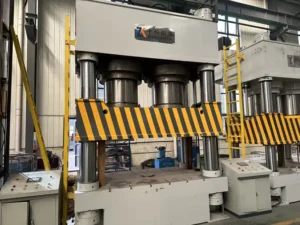
Through continuous testing and research, we have identified numerous fiber-rich plant materials and agricultural residues that can be used as raw materials for pressed pallet production. These materials are not only cost-effective and eco-friendly but also widely available. Below agricultural waste recycling is a detailed breakdown of the best raw materials:
- Rice Husks and Rice Straw
Rice husks and rice straws are ideal materials for pressed pallets, producing smooth-surfaced, high-strength pallets at a low cost. - Wheat Straw
Similar to rice straw, wheat straw is an excellent raw material for pallet production. - Coconut Fiber
Coconut fiber has outstanding strength, making it ideal for high-quality pallet production. Although coconut fiber contains natural glue, additional adhesive is still required for optimal strength. - Sunflower Seed Shells
Sunflower seed shells have been tested and validated as a reliable raw material for pressed pallets. - Flax Stalks
Flax stalks produce strong and visually appealing pallets, making them highly marketable. - Miscanthus Grass
Miscanthus grass, like wheat straw, is a viable and easily sourced raw material for pallet production. - Chili Stalks
Chili stalks are a highly durable material, making them suitable for pallet production. - Cotton Stalks
Cotton stalks are easy to obtain and share similar properties with sawdust, making them a versatile option. - Bamboo
Bamboo’s high-quality fibers produce exceptionally strong pallets, making it a preferred material for premium pallets. - Palm Kernel Shells and Palm Leaves
Palm kernel shells, often a by-product of palm oil production, are excellent pallet raw materials. Palm leaves, rich in fiber, also contribute to strong pallet production. - Bagasse (Sugarcane Residue)
Bagasse has been tested and confirmed as a suitable raw material for pressed pallets.
Conclusion: Nearly all types of waste wood and agricultural residues can effectively manufacture pressed pallets. These materials are low-cost, environmentally friendly, and offer substantial economic value, making them a sustainable solution for pallet production.






